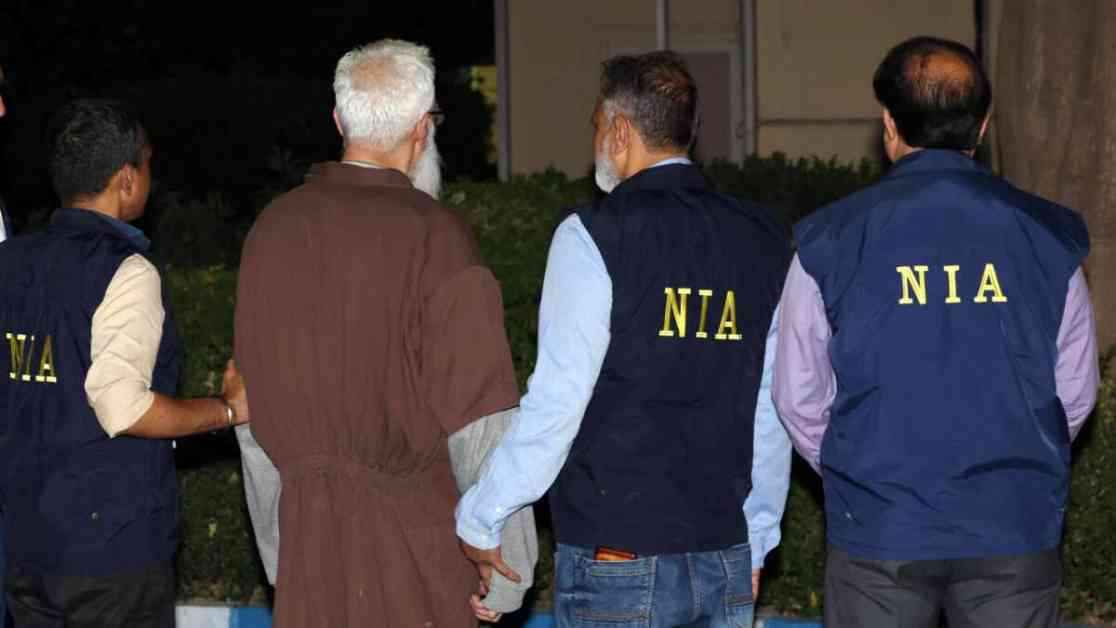Accused in the infamous 26/11 Mumbai terror attacks, Tahawwur Hussain Rana, has been at the center of a high-profile extradition case that captured international attention. Recently, on April 10, 2025, Rana was successfully brought back to India from the United States. This marked a significant development in the ongoing legal proceedings surrounding his alleged role in the tragic events that unfolded in Mumbai back in 2008.
Arrival in Delhi: A Critical Moment
After a failed attempt to avoid extradition, Rana was escorted back to India and landed at Delhi’s Indira Gandhi International Airport at approximately 6:30 pm. The National Investigation Agency (NIA) wasted no time in transferring him to the NIA Special Court at Patiala House, where he would face the legal repercussions of his alleged involvement in the 26/11 attacks. The arrival of Rana in Delhi signaled a crucial turning point in the pursuit of justice for the victims and their families, as well as a significant milestone in the ongoing efforts to hold all perpetrators accountable for their actions.
Rana’s journey back to India was closely monitored by a team of NIA officials, ensuring that all necessary security measures were in place to prevent any potential risks or disruptions. The meticulous planning and execution of his transfer underscored the gravity of the situation and the importance of upholding the rule of law in cases of such magnitude. As Rana was ushered into the NIA Special Court, the eyes of the world were once again fixed on the unfolding events, waiting to see how justice would be served in this complex and long-standing legal battle.
Key Accusations and Collaborators: Unraveling the Web of Terror
At the heart of the allegations against Rana lies a web of terror that stretches across borders and implicates multiple individuals and organizations in the planning and execution of the 26/11 attacks. As a close associate of David Coleman Headley, the main conspirator behind the Mumbai terror siege, Rana’s role in facilitating the logistics and coordination of the operation has come under intense scrutiny. Together with operatives from designated terrorist groups like Lashkar-e-Taiba (LeT) and Harkat-ul-Jihadi Islami (HUJI), Rana allegedly conspired to carry out a devastating assault on India’s financial capital, leaving a trail of destruction and loss in its wake.
The intricate network of collaborators and co-conspirators involved in the 26/11 attacks reveals the complex nature of modern terrorism and the challenges faced by law enforcement agencies in combating such threats. Rana’s extradition and subsequent detention shed light on the painstaking investigative work that goes into unraveling these networks and bringing those responsible to justice. The 18-day NIA custody granted to Rana by the court underscores the seriousness of the charges against him and the need for a thorough and impartial legal process to determine his culpability in the tragic events of November 2008.
As the legal proceedings unfold and the evidence against Rana is presented in court, the full extent of his alleged involvement in the 26/11 attacks will come to light, providing closure and justice to the victims and their families who have long awaited accountability for the senseless violence that shook Mumbai to its core. The journey towards truth and reconciliation in the aftermath of such heinous acts is a long and arduous one, but it is a journey that must be undertaken with unwavering determination and commitment to upholding the values of justice and accountability that form the foundation of a democratic society.
The completion of Rana’s extradition and his subsequent appearance in court mark a critical juncture in the ongoing legal battle to bring all those responsible for the 26/11 attacks to justice. As the wheels of justice continue to turn, the world watches with bated breath, hoping for a resolution that will provide closure and healing to a city and a nation scarred by the horrors of that fateful day in November 2008.














